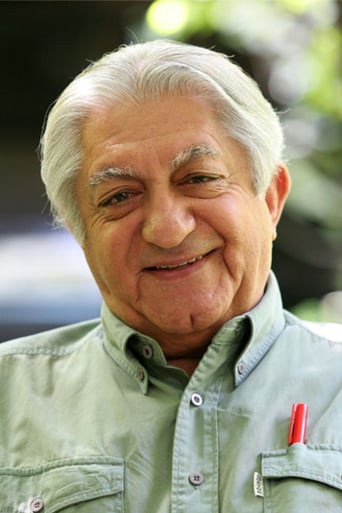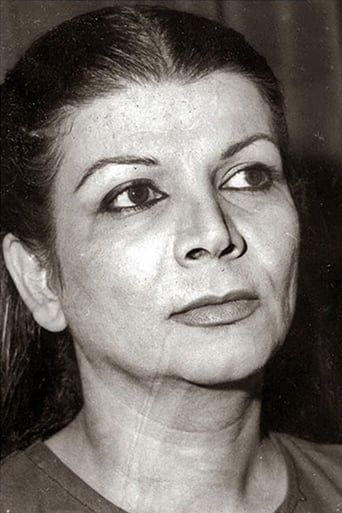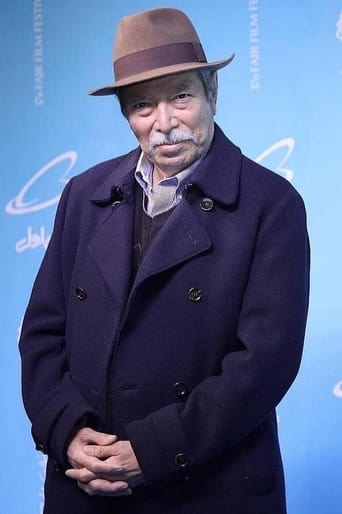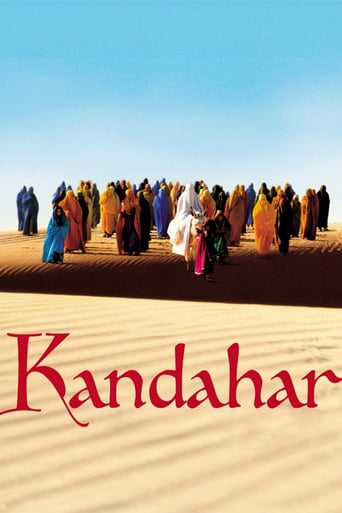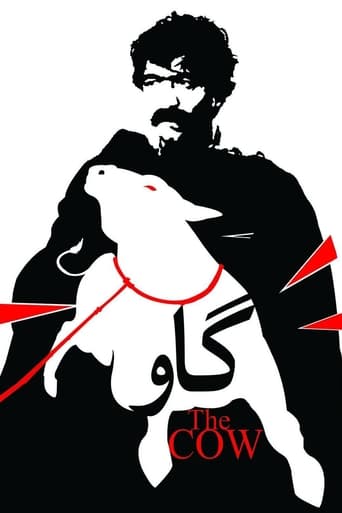
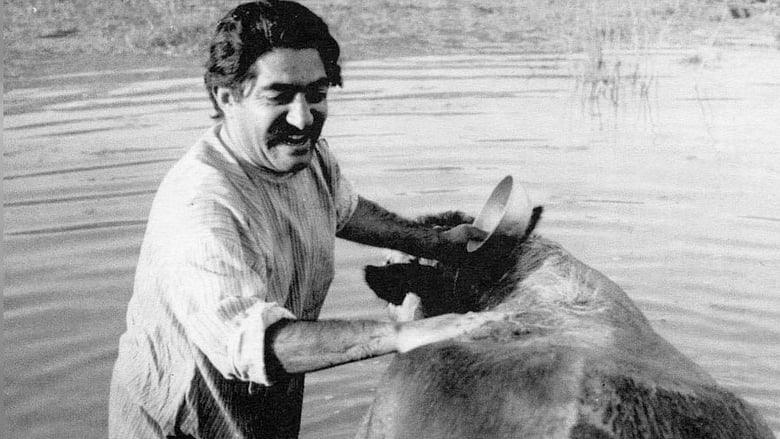
The Cow (1969)
An old villager deeply in love with his cow goes to the capital for a while. While he's there, the cow dies and now the villagers are afraid of his possible reaction to it when he returns.
Watch Trailer
Cast


Similar titles
Reviews
The Worst Film Ever
Good , But It Is Overrated By Some
This movie feels like it was made purely to piss off people who want good shows
This is one of the best movies I’ve seen in a very long time. You have to go and see this on the big screen.
Nearing the end of ICM's best of 1969 movie poll,I searched for a final title to view. Seeing a post by fellow IMDber OldAle,I was excited to read praise for an Iran New Wave (INW) title, which led to me going down to the farm.View on the film:Farming closer to the Neo- Realist movement than the French New Wave, writer/director Dariush Mehrjui & cinematographer Fereydon Ghovanlou give the village a dour appearance,where the subtle use of black and white shadows lining the streets reflecting what lays at the dark heart of the village. Lovingly following Hassan's feeding of his cow, Mehrju and Ghovanlou take all that Hassan holds dear with flickering camera moves snapping Hassan's breakdown. Dipping into the dark human horror which would be explored the same year in the Czech New Wave film The Cremator, Mehrjui whips Hassan with inhumane treatment from the the locals, captured in frenzied dissolves, fading to the overlooking figures in a landscape.Born from Gholam-Hossein Saedi's play,the screenplay by Mehrjui features the most prominent edge from the Iran New Wave (INW) via Mehrjui dissection of the greed and pettiness followed by all of the rural locals, with the thought they show towards giving Hassan the bad news,burning into vile outbursts as Hassan's mental state degrades. Becoming completely separated from the villagers, Ezzatolah Entezami gives an incredibly expressive performance as Hassan,whose breakdown is treated with a gradual, earthy realism by Entezami,as Hassan looks in hope of seeing the cow on the field.
This movie is about as far as one can get from Hollywood blockbusters. Its about a cow. About a cow and a very loving owner. And what happens to them ultimately. There's melancholy and madness in the tragic ending. But the movie also scales new heights in the bonding between human and animals, in this case, a cow. The camera has been used is a surreal way. Shadows and people mix creating a spookiness which adds to the oddity of the general environment depicted. There's very palpable tension in the movie, created by the elements related to the cow and the three shadowy thieves who perhaps symbolize lawlessness. What also struck me was the looming silence of the black burkah-clad women and occasion glimpses of their crinkly faces. All very surreal. There are some very interesting personalities which come alive through the script, other than the cow of course!
This simple tale is open to interpretation, which can be considered positively or otherwise it perhaps hearkens back to folk tales which are passed down orally, and contain simple plots which are then the basis of discussion. In this way it is easily remembered and its meanings can be deciphered afterwards by those who watch it. However it also means that the film seems overlong for the most part, pre-occupied with repeating sequences and behaviour again and again, and even drawing out the fairly dramatic ending which arguably diminishes its strength. Perhaps it would have been better presented in a shorter runtime, or a more heavily stylised manner such as that of the title sequence. Nevertheless, regardless of enjoyment there are many threads of discussion that can be considered.One of the key questions raised by the film is that of the mental stability of the protagonist, Hassan, whose loss of his animal will bring about his somewhat metamorphosis into the same creature. At the start of the film he is seen behaving extremely strangely as he leads his cow back to town, exultantly dancing around it as he washes and caresses it. This man is not behaving as the other people (such as the children) do. Hassan is mirrored somewhat by the town idiot, who is berated by the other people, and even locked up so as to keep Hassan himself from learning the secret of his cow's death. This mirroring, and Hassan's transformation, make it possible to consider the village's relationship to both Hassan and his cow certainly throughout neither are treated with respect, and the film's end highlights this.Perhaps Mehrjui, the film's creator, comments on the actual importance of the cow and this man's relationship, an idea that is supported by the title of the piece.
In the small village where he lives, Masht Hassan is well-known because he owns the only cow. Needless to say he is very protective of the animal and treats it like the child he and his wife do not have bathing, feeding and playing with it; his main worry is that the neighbouring Boulouris will come in the night and steal it away. However while he is away one day, the cow starts to bleed from the nose and die faced with having to tell him it is dead, the villagers bury the body and agree to tell him it has strayed. When Hassan returns he cannot believe it and soon is spending nights on the roof of the barn waiting for it to return, part of a gradual spiral downwards with no end Considered to be one of the landmark films in the history of Iran as a force as a film producing nation, this will be a harder sell to Western audiences (myself included) who perhaps cannot understand the context of the story and some of the deeper meaning that, I assume, this story has. The plot is simple and it seems to show the mental decline of Hassan and the village's collective inability to deal with that within the confines of daily life. In painting a realistic picture of village life (the film was shot using a mix of actors and real villagers) the film maintains an interesting setting even if the development is rather slow and unsatisfying. It requires you to think of course, but I didn't think I had the knowledge to really appreciate it and I suspect that many other viewers will struggle for the same reason.The stark direction is good but I'm not sure if it suited the material as I would have preferred a washed out colour to compliment the sentiment in the film. It worked though and the performances are mainly good Entezami in particular convincing in his slide into instability. Worth seeing because of its stature within Iranian cinema then, but perhaps you need a greater understanding of the culture than I if you are to take more from it. Even still it is interesting in its view of village life and the attitude towards mental illness.


